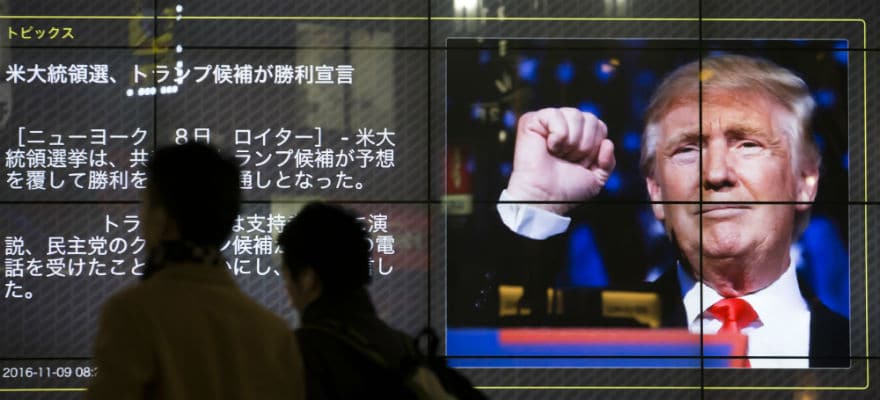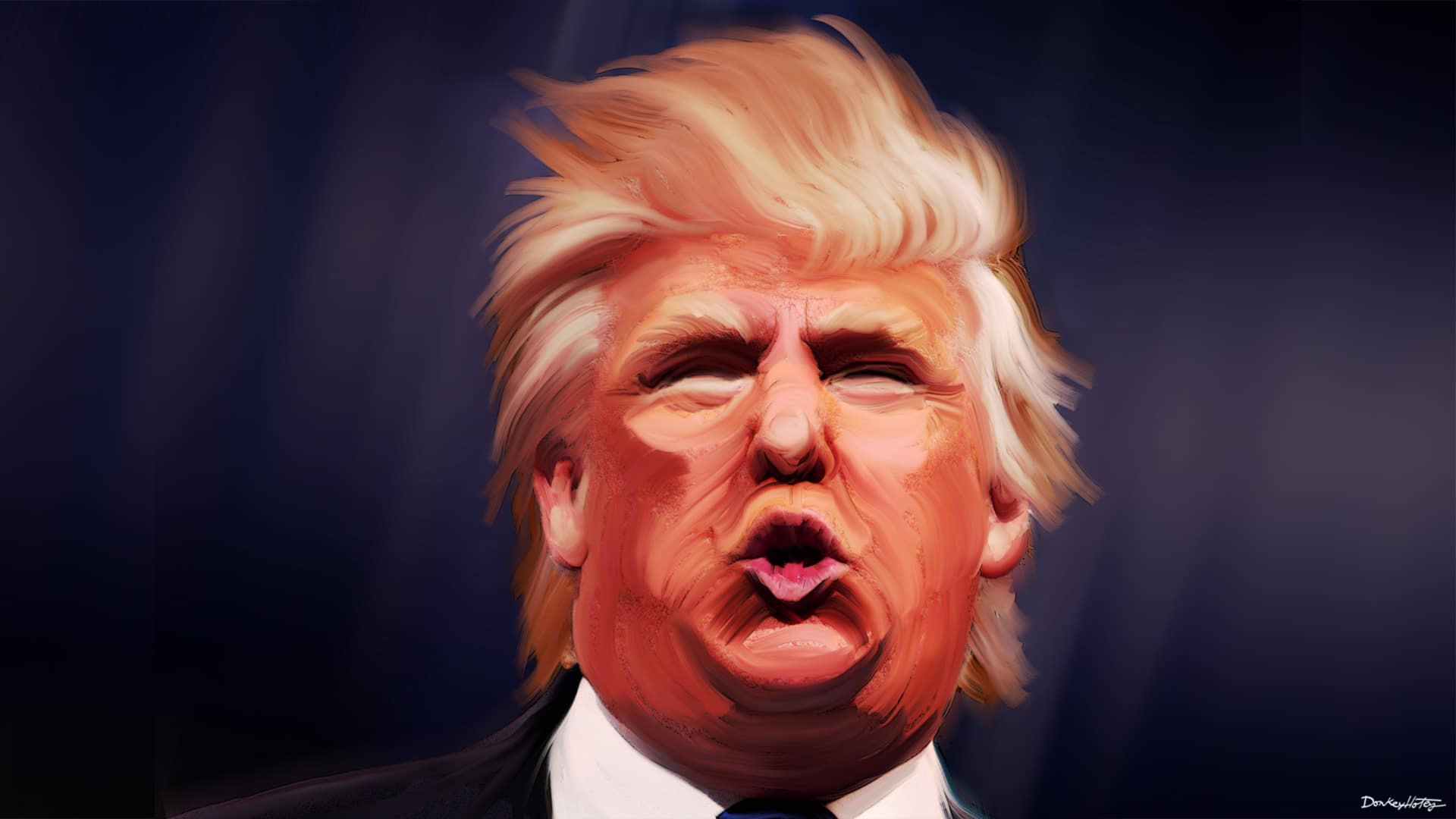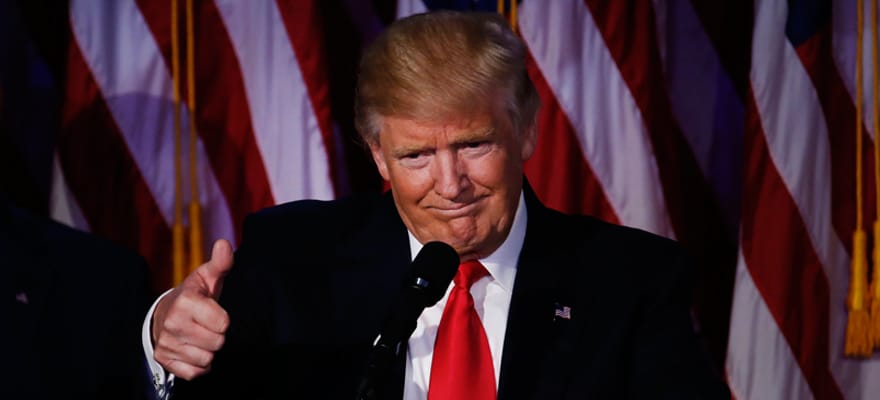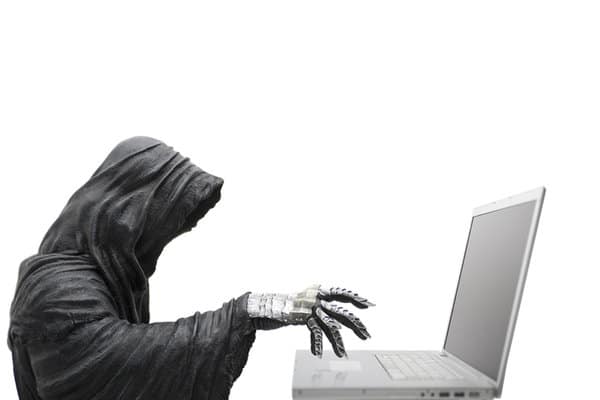The Apple Watch has started shipping to customers, with Apple projecting 15.4m units to be sold in 2015. Whilst Apple Watch is by no means the first smartwatch on the market, like the iPhone before it, Apple’s offering has become the poster-child for this new generation of devices. If these projections are met, the sales will dwarf those of Android Wear (at 740k in 2014), and the young upstart Pebble (with 1m sales).
The financial services industry has been dabbling with wearables for a while. Nationwide released an Android Wear app late last year, becoming the first retail bank to provide account balance information on a watch. Others are following suit, with Tesco Bank developing for Apple Watch, and Allied Irish, which are looking to add more novel features, including nearby cashpoint location.
Within electronic trading, Citi Bank, which has already reported great success with their mobile app, provides balance updates and recent transactions via the Apple Watch. Whereas IG has gone a step further, allowing its users to trade directly from the watch.
Outside of the world of finance, Salesforce has launched a feature rich watch app that displays dashboards and notifications. The app from online grocery store Ocada proudly claims “from watch to checkout in 15 seconds”. There are also some more novel ideas appearing, for example, the Citymapper app gently taps your wrist when you’ve reached your destination, while with JustEat you can see your takeaway order status while eagerly awaiting its delivery.
Developing for the Apple Watch
It’s clear that there is a lot of buzz around smartwatches, and releasing a watch app is a great tool for Marketing (although the prize for having the first watch app with trade Execution has already been won). But how do you develop a watch app with longevity? One that delivers value to the user once the initial gimmick has worn off.
The key to designing for any device is to gain an understanding of the relationship between the device and the user. There is a wealth of usage data for mobile, tablets and desktops that should be used to inform a design. However, wearables are so new that this data simply doesn't exist yet. However, some of the early-adopters have been sharing their experiences with the Apple Watch, providing valuable insights into their relationship with the device.
We’ve probably all experienced frustration at the number of notifications we receive via mobile, email and desktop, providing a constant demand for our attention. Many fear that smartwatches will only make this worse: yet another device placing further demands on our time. However, early adopters have actually found an opposite effect.
Notifications that reach us via our smartphones are very distracting - with the need to reach into our pockets, and unlock the device to read them. Furthermore, once read, they invite further distraction with the tweeting, emails and web surfing that often follows. Conversely, with smartwatches, notifications are immediately visible on the wearer’s wrist. Also, there is less of a temptation to react immediately to each and every notification. Within a business context, the occasional glance at your watch throughout a meeting is socially acceptable, whereas continually unlocking your phone to read notifications is not!
Another important consideration is the highly restrictive size of smartwatch screens. Any complex interactions are going to become quite cumbersome, resulting in the user reaching for their phone instead. In terms of interaction durations, for desktop computers, think hours, for smartphones, think minutes, and for watches, just seconds!
Effective apps for smartwatches should provide clear notifications, that the user can configure and prioritize
With this in mind, effective apps for smartwatches should provide clear notifications, that the user can configure and prioritize. Allow the user to configure notifications for price alerts, trade confirmations, industry news independently, giving fine-grained control over which are sent to their watch.
A watch app should provide quick and relevant actions in response to notifications. For example, when a user receives an order confirmation, give them the option to launch their account screen on their phone. When a price alert is received, allow the user to open a pre-populated trade slip on their smartphone or even desktop.
Finally, smartwatches are great for delivering information at-a-glance, with the current time being the obvious example. A simple view of the current market, or account balance, would be a valuable tool for any trader.
Should smartwatch apps provide fully featured trading functionality? No – much as they should not allow a complete online shopping experience.
With Apple Watch the old adage of “less is more” couldn’t be more apt.

















